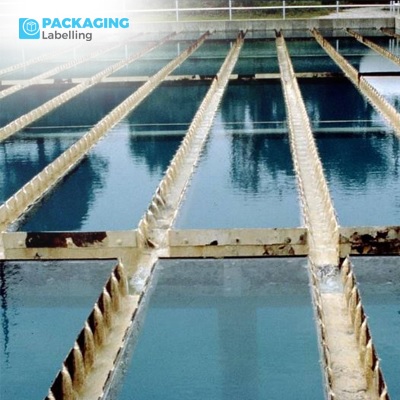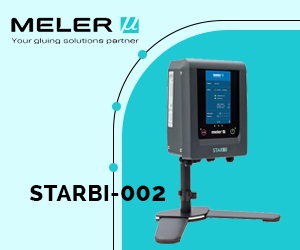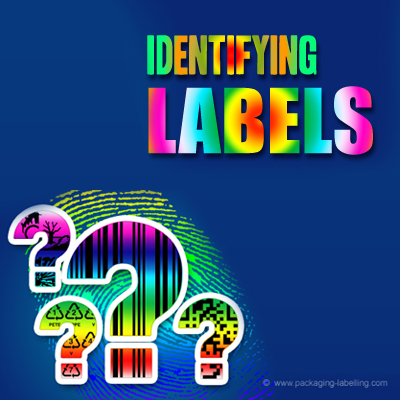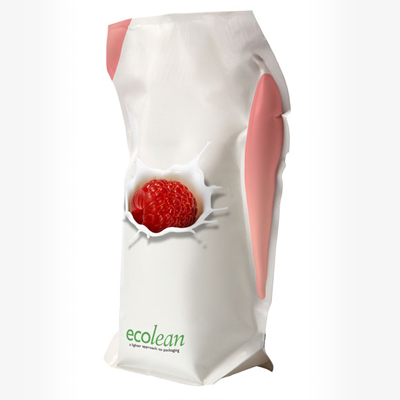Innovative Water Treatment and Environmental Control Strategies in Packaging and Labeling

Introduction:
Water is undeniably a precious resource vital to environmental sustainability, especially in industries like packaging and labeling. Innovative water treatment and environmental control strategies have become essential for fostering eco-friendly practices in this sector. The adoption of water recycling, wastewater management, water conservation, and water purification techniques is crucial to reduce water consumption, minimize environmental impact, and promote sustainable operations. This includes using eco-friendly packaging materials, reclaimed water, and earth-friendly packaging solutions to align with environmental goals and ensure a balanced and resilient water ecosystem. Implementing grey water management and soil and water conservation practices further contributes to a healthier and more sustainable approach in the packaging industry.
Water Recycling and Wastewater Management: Water recycling and wastewater management are key strategies in sustainable water management within the packaging and labeling industry. Water recycling is vital for reducing water consumption and promoting environmental sustainability. It involves treating wastewater from production processes and reusing it in various stages of manufacturing, thus minimizing freshwater usage and lessening the environmental footprint.
Advanced water recycling systems play a crucial role in water conservation efforts by significantly reducing water consumption and minimizing environmental impact. Similarly, efficient wastewater management techniques are essential to ensure that contaminants are removed from wastewater before it is discharged, thereby preventing pollution of natural water sources. These practices align with the principles of environmental sustainability and promote the use of eco-friendly packaging and products to further enhance sustainable operations.
Water Conservation and Environmental Sustainability: Water conservation practices play a crucial role in packaging and labeling industries, emphasizing the importance of minimizing water usage for environmental sustainability. These practices involve optimizing equipment and processes to reduce water waste, implementing leak detection systems to prevent water loss, and educating employees about water conservation measures. By focusing on ways to conserve water, companies contribute to environmental sustainability goals while also reducing their operational costs.
The adoption of eco-friendly packaging materials and products is another significant step towards environmental sustainability. These materials are designed to have a minimal impact on water resources and the environment, promoting the use of reclaimed water and earth-friendly packaging solutions. Initiatives such as water recycling and wastewater management further support water conservation efforts, ensuring that sewage water and wastewater are treated and reused efficiently. Overall, these practices align with soil and water conservation principles, contributing to a greener and more sustainable industry landscape.
Eco-Friendly Packaging and Labeling: Eco-friendly packaging and labeling play a pivotal role in promoting environmental sustainability and water conservation within the industry. The shift towards eco-friendly packaging materials, including biodegradable, recyclable, and compostable options, marks a significant step towards reducing waste and preserving water resources. Manufacturers are increasingly adopting earth-friendly packaging solutions to minimize the use of non-renewable resources and curb pollution from packaging waste.
This trend towards eco-friendly products extends to water conservation efforts as well. By embracing eco-friendly packaging materials, companies contribute to soil and water conservation goals, promoting the use of reclaimed water and reducing the overall environmental impact of their operations. Initiatives such as water recycling and wastewater management further reinforce these water conservation endeavors, ensuring that sewage water and wastewater are treated effectively and reused where possible. Overall, the adoption of environmentally friendly packaging practices aligns with environmental sustainability objectives and fosters a more sustainable industry ecosystem.
Water Purification and Reclaimed Water: Water purification technologies are essential for maintaining the quality of water used in packaging and labeling processes, aligning with water conservation and environmental sustainability goals. These systems are designed to remove impurities and contaminants from water, ensuring its safety for reuse or discharge into the environment. Water purification plays a crucial role in promoting environmentally friendly packaging practices by providing clean water for manufacturing processes.
Additionally, reclaimed water treated through advanced purification methods is a valuable resource for non-potable purposes within manufacturing facilities. By utilizing reclaimed water, companies can further reduce freshwater consumption and minimize their environmental footprint. This approach supports water conservation efforts and contributes to soil and water conservation initiatives, fostering a more sustainable approach to water management in the packaging and labeling industry.
Grey Water Management and Sustainable Practices: Grey water management is a crucial component of sustainable practices in the packaging and labeling industry, focusing on water conservation and environmental sustainability. This approach involves treating wastewater from non-industrial sources like sinks and showers, making it suitable for reuse in non-potable applications. Implementing grey water systems in packaging and labeling facilities significantly contributes to conserving freshwater resources.
Sustainable practices in water management extend beyond grey water management to include the adoption of water-efficient equipment and strategies for rainwater harvesting. These initiatives align with environmental conservation goals by promoting eco-friendly packaging and eco-friendly products. By integrating water purification technologies and environmentally friendly packaging, companies can further enhance their sustainable approach to water use and contribute to soil and water conservation efforts.
Conclusion:
In conclusion, innovative water treatment and environmental control strategies are paramount for advancing sustainability in packaging and labeling industries. By implementing water recycling, wastewater management, water conservation, and eco-friendly practices, manufacturers can significantly reduce their water footprint and minimize their environmental impact. Embracing water purification technologies, utilizing reclaimed water, and implementing grey water management are additional steps that enhance sustainable water practices.
These initiatives not only promote environmental sustainability but also contribute to the adoption of eco-friendly packaging and eco-friendly products. Through these efforts, companies can adopt a greener and more responsible approach to packaging and labeling processes, ensuring soil and water conservation while actively working towards a more sustainable future.






